What does mobility research look like today? In the highly mediated world we’ve all become used to operating in—spending hours on end in video conference meetings, assessing trends and practices by way of social...
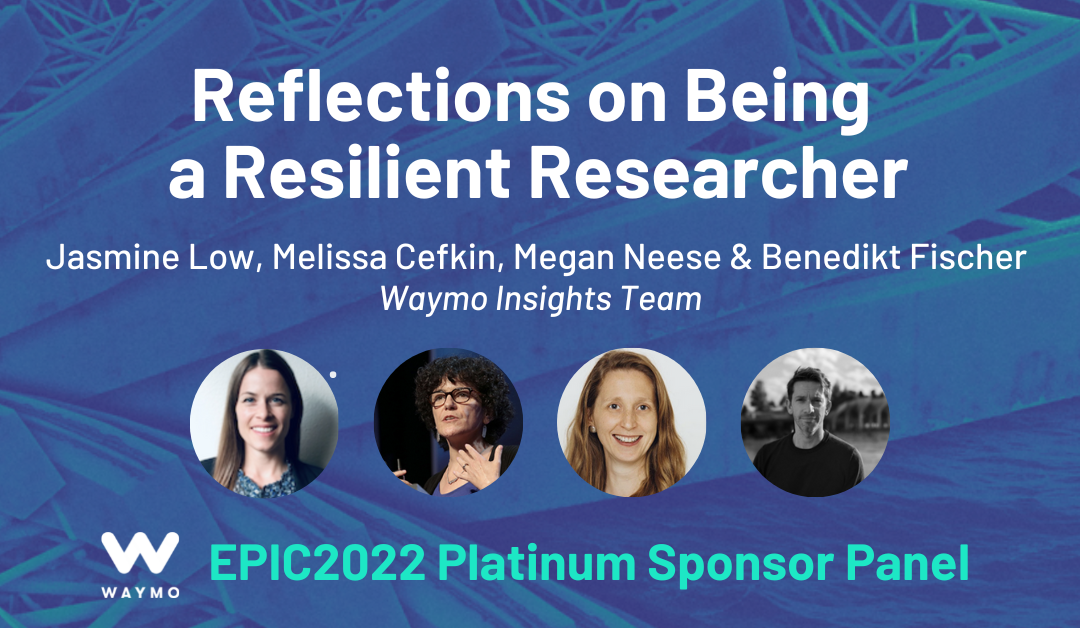

What does mobility research look like today? In the highly mediated world we’ve all become used to operating in—spending hours on end in video conference meetings, assessing trends and practices by way of social...
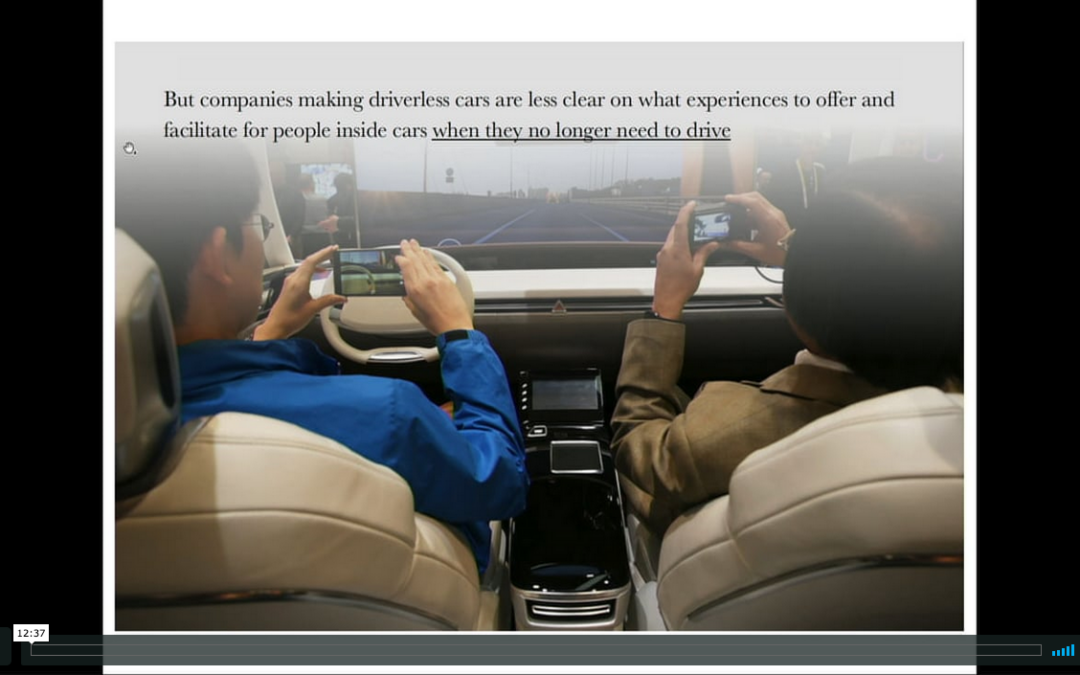
In 2016, we set out to understand the future of driverless mobility—and specifically, how a mobility company can build products and services that will optimize the relationships between people and advanced assistive systems in an increasingly automated future. This case study will shed light on...
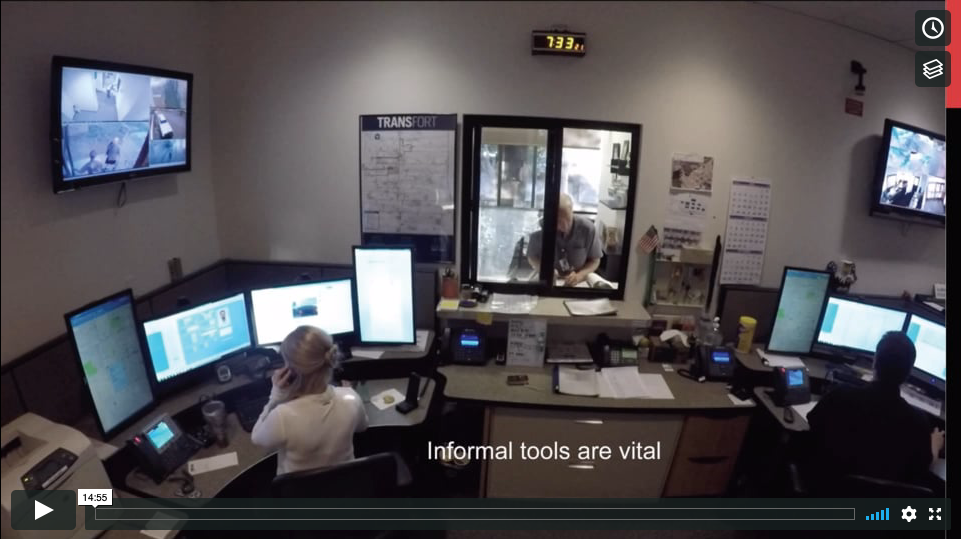
In this paper we explore the idea of a system of care through a city transit system. We argue that a systematic orientation to care is central to what makes a transit system work for people. Further, we suggest that this care orientation is recognized as such, even though it is not apparent in...
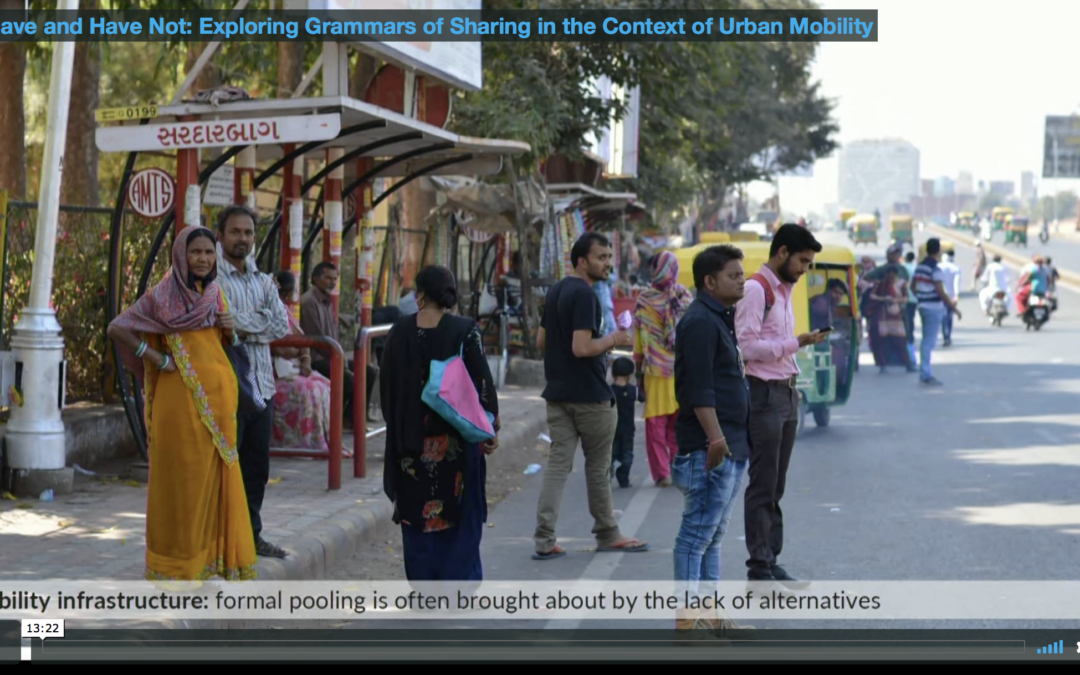
This paper explores cultural differences in the practices of car sharing in the context of urban mobility. Challenging the all too frequent and often uncriticial uses of the term “sharing economy”, we argue for a more granular representation of practices that occur when “sharing” meets “economy”,...
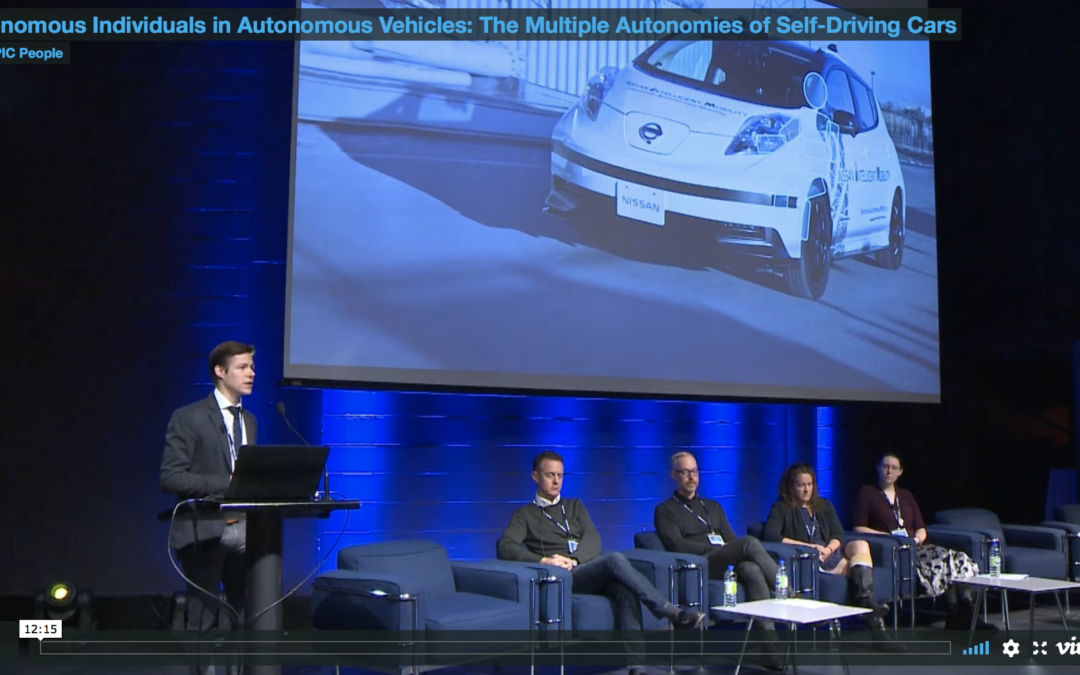
We take the polysemy at the heart of autonomy as our focus, and explore how changing notions of autonomy are experienced and expressed by users of self-driving cars. Drawing from work-practice studies and sociomaterial approaches to understanding technologies, we discuss how driving as a task is...
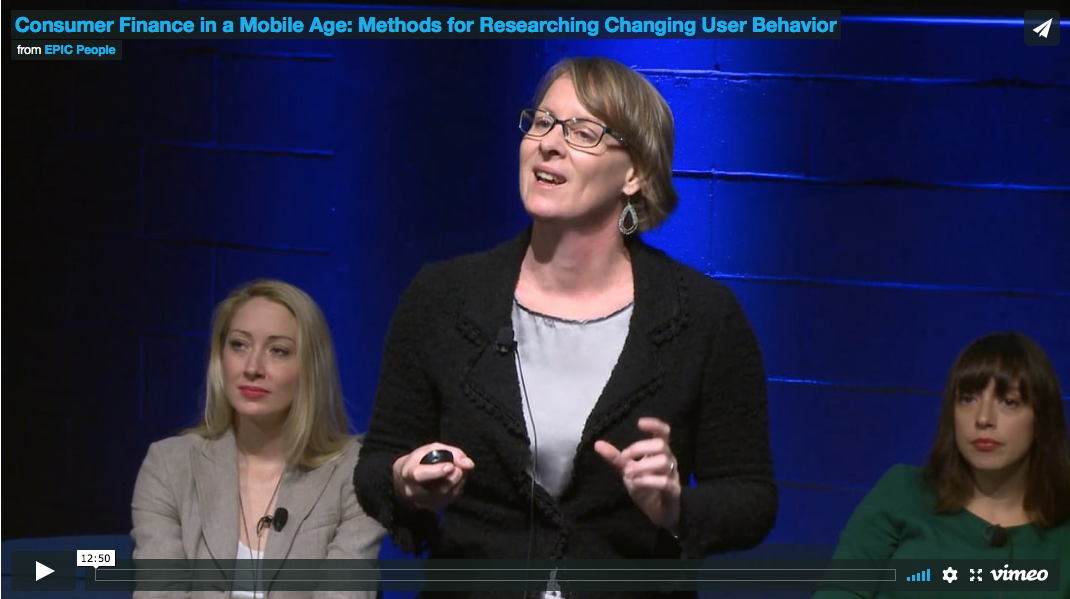
Consumer finance markets are being transformed by the increasing mobility of people, products, technology, and information. This presents challenges for understanding changing consumer behaviour and building adaptable business models. Researchers are rising to meet these challenges by adapting...
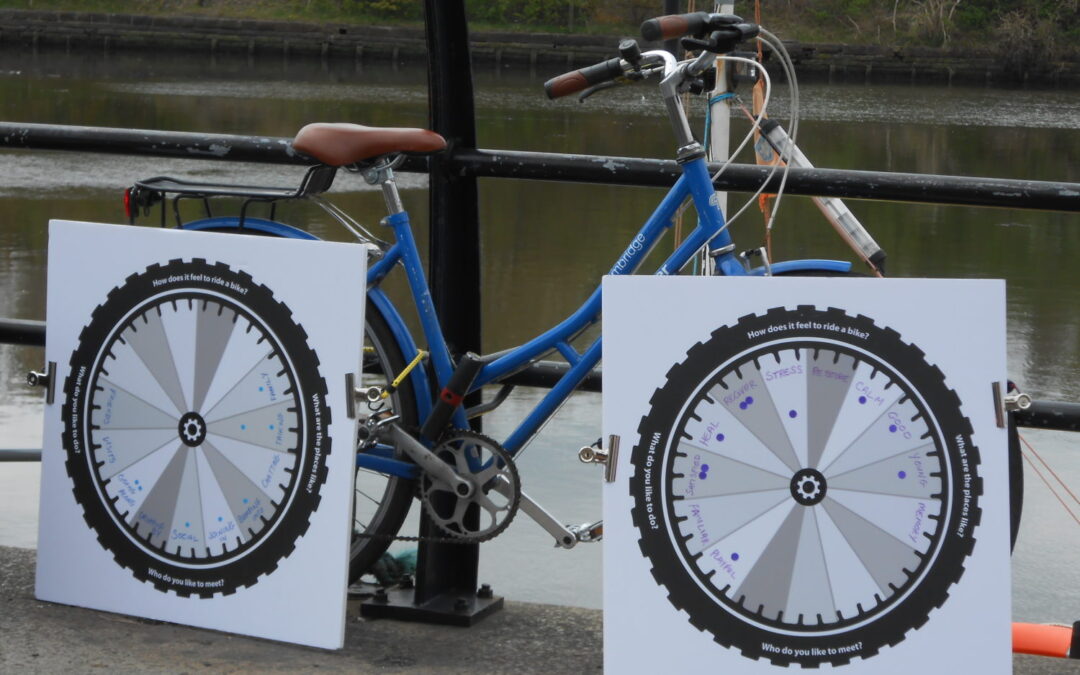
Sustainability & Ethnography in Business Series, Mike Youngblood, Editor When we think of technology and innovation responses to global warming, we tend to imagine grand solutions that address the problem on a massive scale. For many ethnographers, designers in industry and other solution...
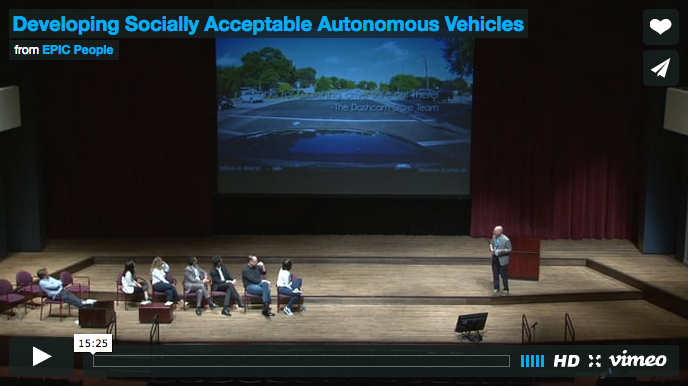
Case Study—Recognizing that the movement of cars on the road involves inherently social action, Nissan hired a team of social scientists to lead research for the development of autonomous vehicles (AVs) that engage with pedestrians, bicyclists, and other cars in a socially acceptable manner. We...
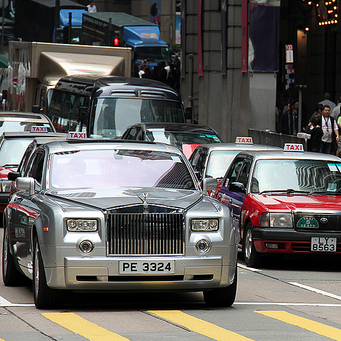
The car has been the subject of social scientific research for decades. Scholars have described the empowerment people feel through the physical sensations of speed and acceleration. The ability of the premium vehicle to express status has been a staple of literature on signaling and social...
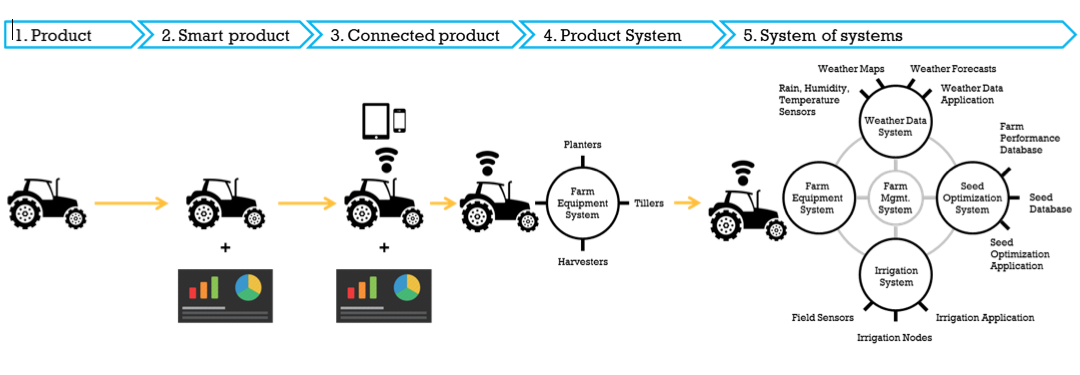
The Product Company Identity Crisis I have always worked at or with OEMs (original equipment manufacturing companies) in the industrial design and product development industry. The work has ranged from very large products such as sleeper cabins for long haul trucks and farming equipment down to...